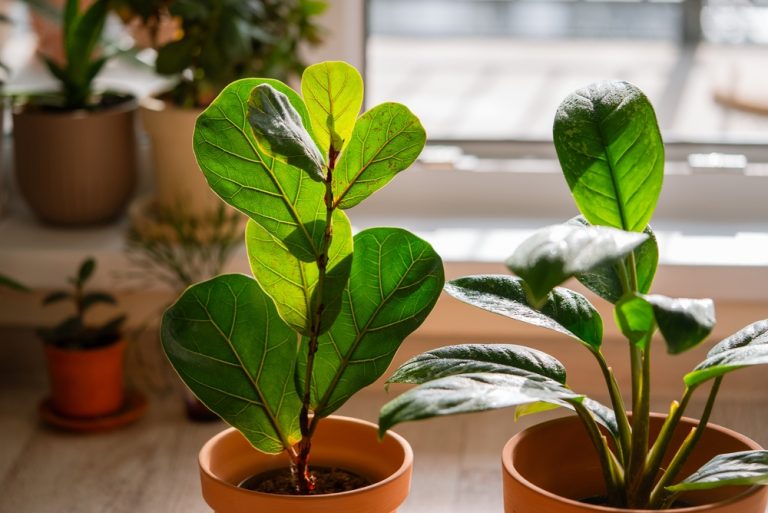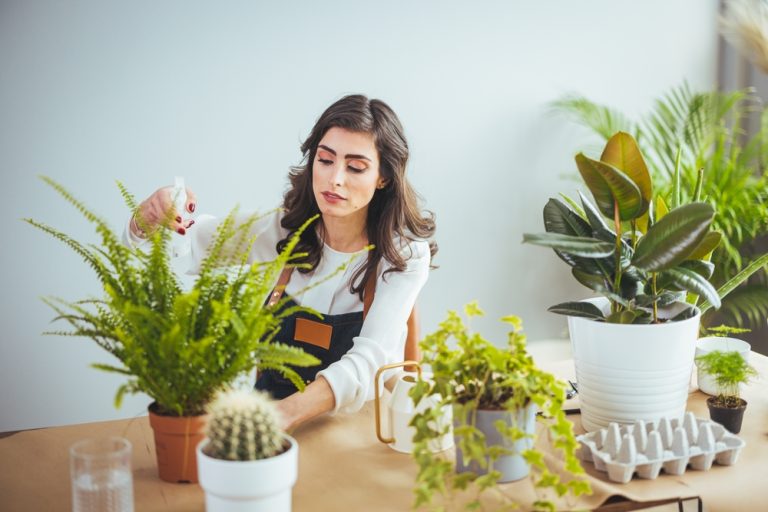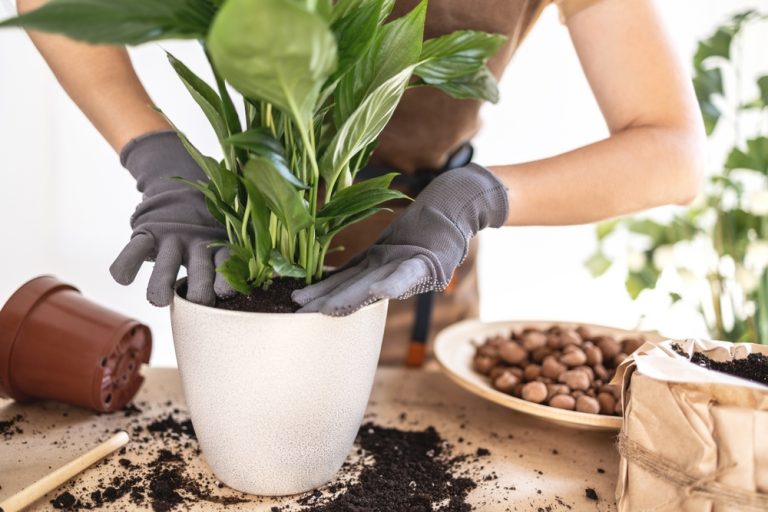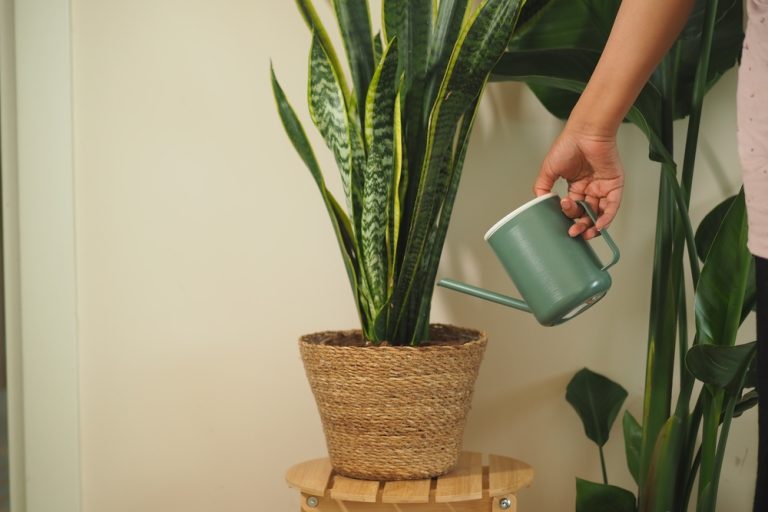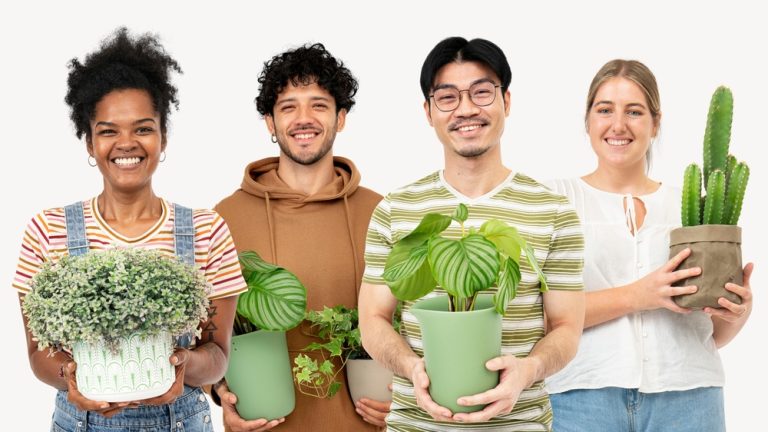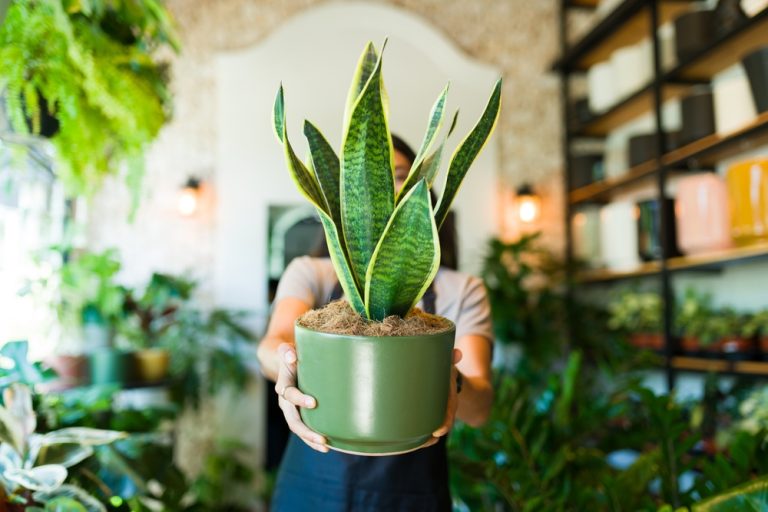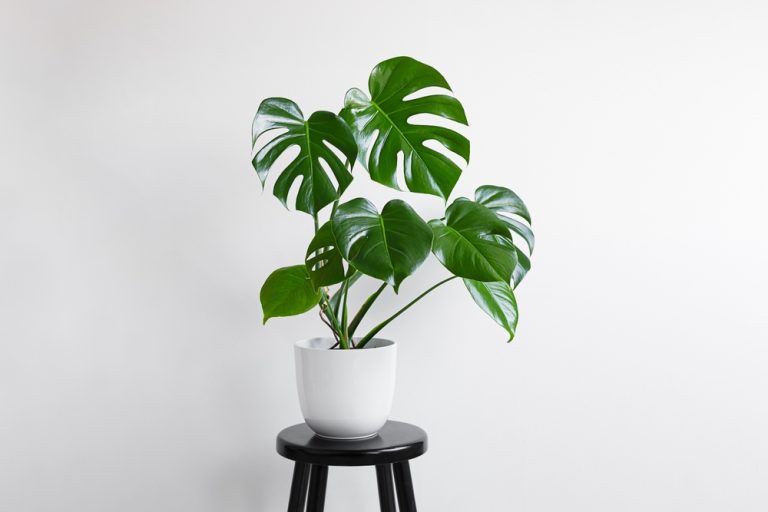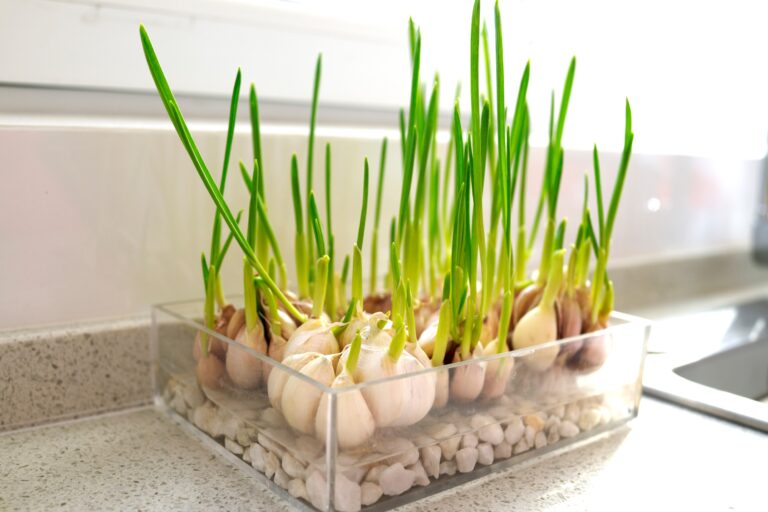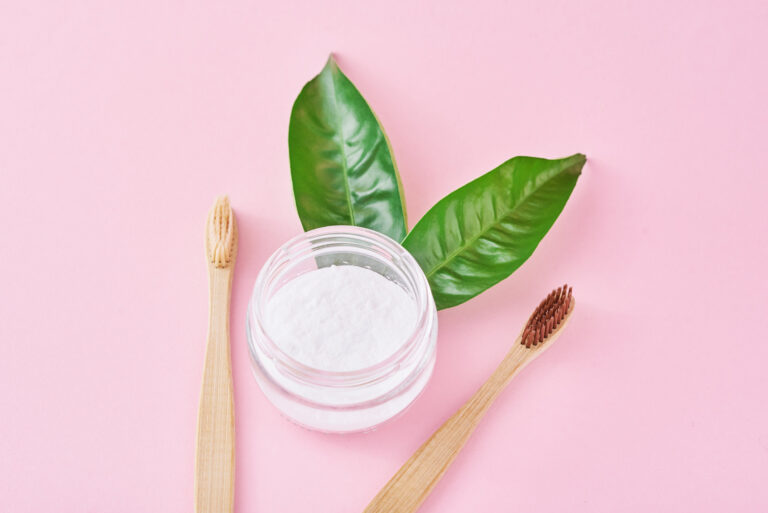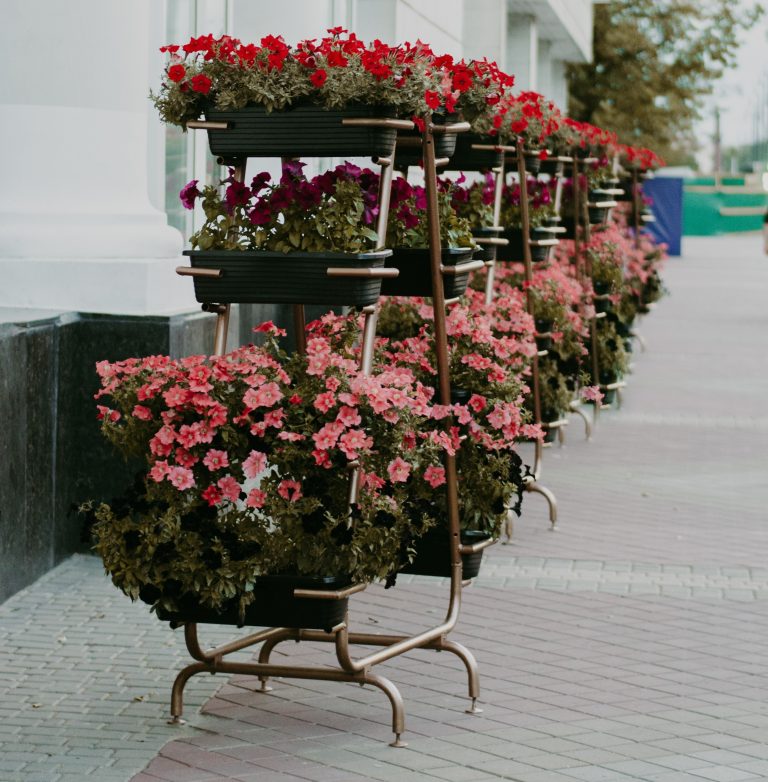Winter doesn’t just turn sidewalks icy and mornings dark—it also cranks your home’s heating system into overdrive, transforming cozy rooms into plant-stressing deserts. One minute your houseplants look fine, and the next they’re drooping, browning, or throwing dramatic leaf tantrums. Dry, recycled air pulls moisture from leaves and soil faster than you can say “humidifier,”…
houseplants
How Can You Make Your Home More Accommodating For A New Plant?
A new plant entering your home is not a quiet event; it is a tiny parade of potential, color, and leafy ambition. One moment you are holding a pot of soil and stems, and the next you are responsible for a living thing that wants light, water, stability, and maybe a little admiration. Plants wake…
10 Houseplants That Clean the Air Better Than Purifiers
Your home might look clean, smell fresh, and feel cozy, but the air inside it could be pulling a fast one on you. Invisible toxins from furniture, paint, cleaning products, and even electronics can quietly hang around, messing with your mood, focus, and health. Now here’s the fun twist: some of the best air-cleaning tools…
6 Houseplants That Thrive in Neglect and Still Impress Guests
If your idea of “gardening” is remembering to water a plant before it dies, fear not! Some houseplants don’t just survive—they flaunt their beauty even when your green thumb takes a vacation. From dramatic foliage to quirky shapes, these plants quietly steal the spotlight while demanding almost nothing from you. Guests will assume you’re a…
Why Gardeners Are Falling in Love With Unusual Houseplants This Year
Houseplants have exploded from being mere green accessories to full-blown lifestyle companions. This year, gardeners everywhere are swapping traditional ferns and succulents for quirky, unexpected flora that spark conversation and curiosity. The appeal isn’t just aesthetic—these unusual houseplants bring personality, intrigue, and even a bit of adventure into homes. They challenge our assumptions about what…
Why Your Houseplants Need a “Vacation” from Fertilizer Right Now
Your houseplants may look peaceful sitting in their pots, but don’t be fooled—they are dramatic little creatures. One day they’re perky and glowing; the next day, they’re drooping like they’ve just worked a 14-hour shift. And if you’ve been shoveling fertilizer at them like you’re fueling a race car, they may be silently begging for…
10 Houseplants That Love Being Brought Inside Now
The air’s getting crisp, the days are getting shorter, and your once-thriving outdoor plants are starting to shiver. That can only mean one thing—it’s time for the great indoor migration! But not all plants handle the transition well; some pout, some drop leaves, and some just give up entirely. Luckily, there are certain houseplants that…
Edible Plants You Can Grow Inside
Growing edible plants inside isn’t tricky. All you need is an appropriate container, enough light, and to pick varieties that grow well in containers. Picking the Right Container Whenever you want to grow edible plants inside, you need to pick a container that meets the needs of your plants. When picking a container, you must…
8 Uses of Baking Soda in Gardening
Baking soda is one of the most amazing, affordable products available to us. Hopefully, you’re already using baking soda for cleaning throughout your home. If not, then you’re spending more money than you should on household cleaners. And today let’s talk about how baking soda’s benefits don’t stop there. There are so many uses of…
Indoor Plants That Produce Soothing Aromas
For over a year now, many people have spent more time indoors than usual. The bonus? More time to admire your indoor plants? The downside? Well, truthfully, there are a lot. But plant-wise, it’s probably realizing that most of your pretty plants don’t do much to refresh the stale air in your home. So…
